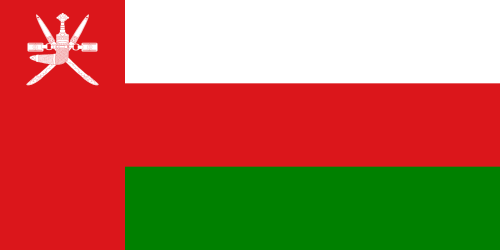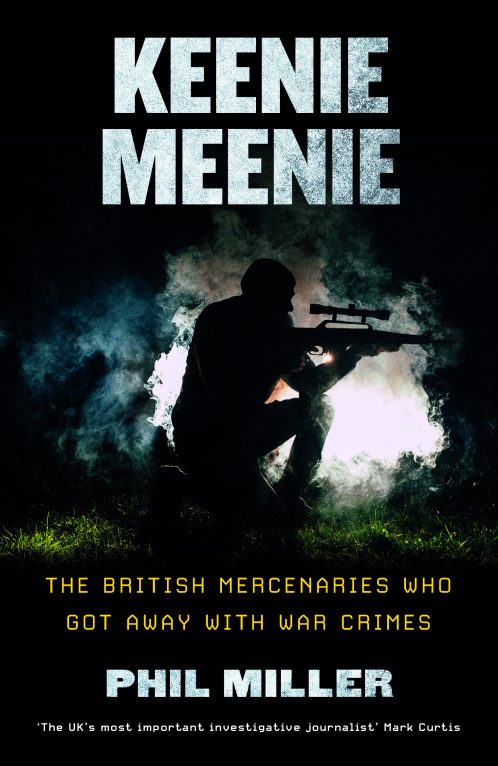Oman is a gulf state ruled by an absolute, hereditary monarchy, where the Sultan is also the Prime Minister of the government and the Minister of Defence, and has authority and power over the judicial and legal systems.
In early 2011, protests in Oman formed part of the ‘Arab Spring’. Unlike those in other countries, the protests called for political reform rather than the bringing-down of the regime yet many protests were dispersed by force, using tear gas and rubber bullets. A decade later, a further round of protests were suppressed, with fears that British-supplied tear gas was used against demonstrators calling for reforms.
Omani military spending and UK arms supplies
Oman spent 8.8% of its GDP on the military in 2019, according to the the Stockholm International Peace Research Institute (SIPRI), the highest rate in the world at the time. As of 2024, its expenditure has since decreased to 5.6% of GDP, putting it behind both Israel and Saudi Arabia in the region.
Between 2015-19, SIPRI data showed that Oman was the 23rd largest importer of weapons, with its largest supplier being the UK, at 45%. However, SIPRI data from 2020-24 shows that Oman is no longer in the top 25 arms importers, which is likely due to the cyclical nature of arms procurement.
Unsurprisingly, Oman is listed as one of the UK government’s “priority markets” for arms sales, which reflects the UK’s broader strategic view of the country: in 2017, the UK and Oman signed a series of military agreements, including on British naval access to the emerging Arabian Sea port of Duqm. That year, the UK authorised £1.4 billion in fixed-value licenses for the export of military goods to Oman. However, the total value of UK arms exports to the Gulf state is unknown, since the UK has issued 298 unlimited-value “open” licences for military goods exports to the country.
Oman and the UK signed a Joint Defence Agreement in 2019, with the UK committing a further £23.8 million investment in expanding its logistics hub at Duqm port. According to RAND, the port can accommodate the UK’s two aircraft carriers, and will help facilitate Royal Navy deployments to the Indian Ocean.
The biggest UK arms deal with Oman in recent years was the 2012 deal for 12 Eurofighter Typhoon combat aircraft, worth £2.5 billion. The planes were delivered in 2017-18. Other UK arms exports over the past 20 years have included Piranha armoured vehicles, Challenger-2 tanks, Super Lynx helicopters, and Khareef Class corvettes (SIPRI arms transfer database).
The UK also has a long-term presence training the Omani military. In 2016, UK Defence Secretary Michael Fallon announced that this programme would be increased from an annual average of 34 “short term training teams” to 45. The live training of both forces in Oman takes place with the support of Saab, which provides equipment and training support.


